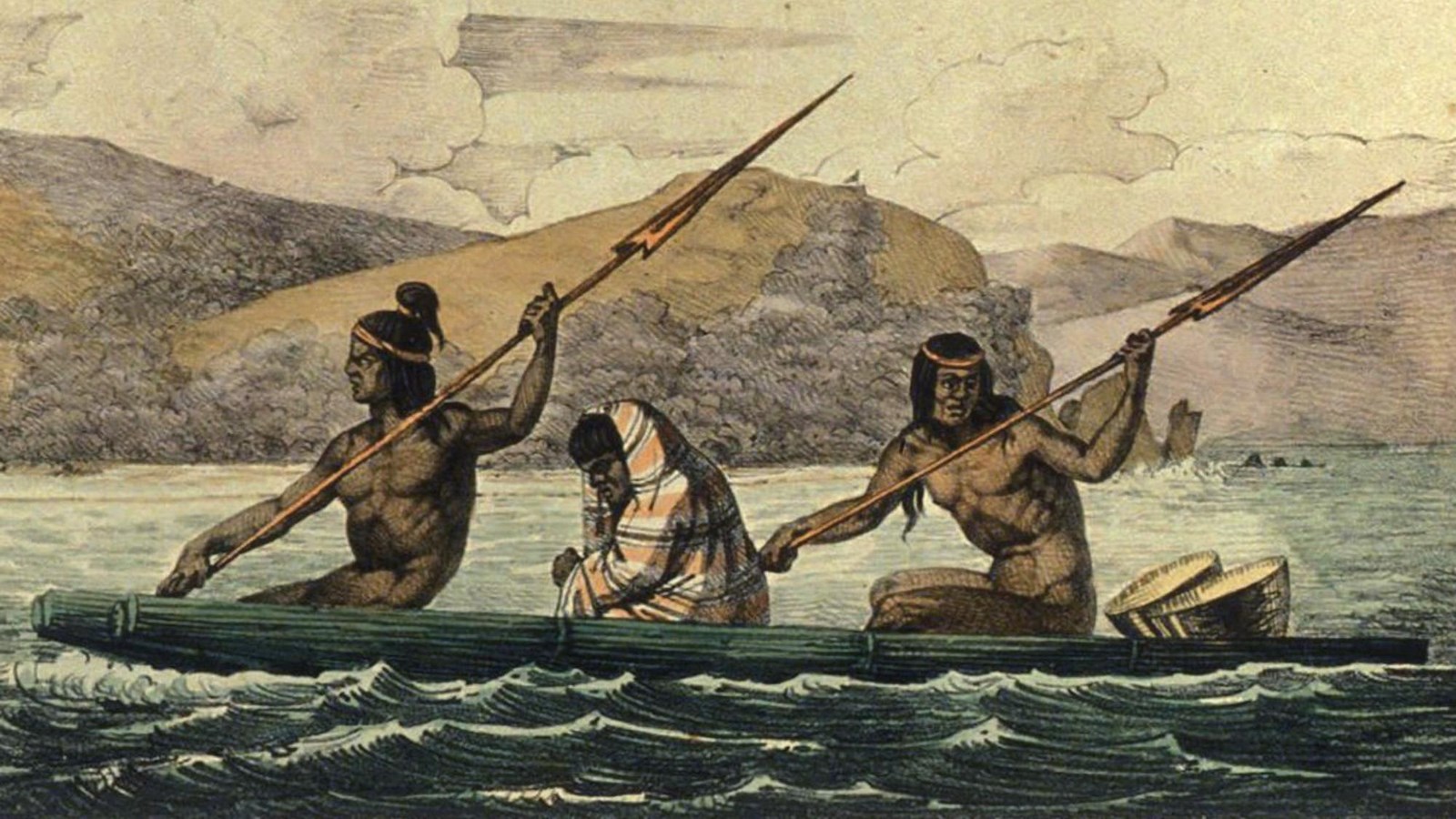Last updated: April 14, 2023
Place
What Was This Place Like 250 Years Ago?

NPS
Hi, I'm Kristin Baron, an architectural historian with the National Park Service. I was part of the team that helped revitalize Fort Baker. In fact, it is one of my favorite places, with its rich history and wonderful views. Speaking of which, right now I want you to turn and look out on San Francisco Bay and imagine what it was like 250 years ago, when the air was clean and the landscape clear of the urban core that houses almost a million people today. Imagine a time with no Golden Gate Bridge. A time when the Coast Miwok Indian population here, could only visit the Ohlone villages on the other side of the bay, by paddling small reed canoes across the strong currents of the Golden Gate Strait. Descendants of these Coast Miwok still tell us of their past.
Hello, 'oppun towis, I am Angela Hardin and I am Coast Miwok. These are the lands of my ancestors - the Coast Miwok. Today one can hear languages and meet people from around the world-Europe, Africa, and Asia. But for thousands of years before Europeans arrived, the languages here were those of my people, the Coast Miwok and Southern Pomo.
This place is still rich and lush, but once elk, tanta, and deer, choyyekke, grazed in the valleys while the mountain lions, upuksu, and bear, kule, roamed the hills. Oak trees grew scattered across the grassy hills, and the air was filled with birds.
For countless generations, we raised our families in villages dotted across the area. A Miwok group known as the Huimen people lived in Liuaneglua, the largest nearby village, located in what is now called Sausalito. Villages were built near marshes and streams. The land and the sea gave us all the other materials we needed - wood for tools and fire, plants for food and medicine, and the animals for food, tools, and clothing.
